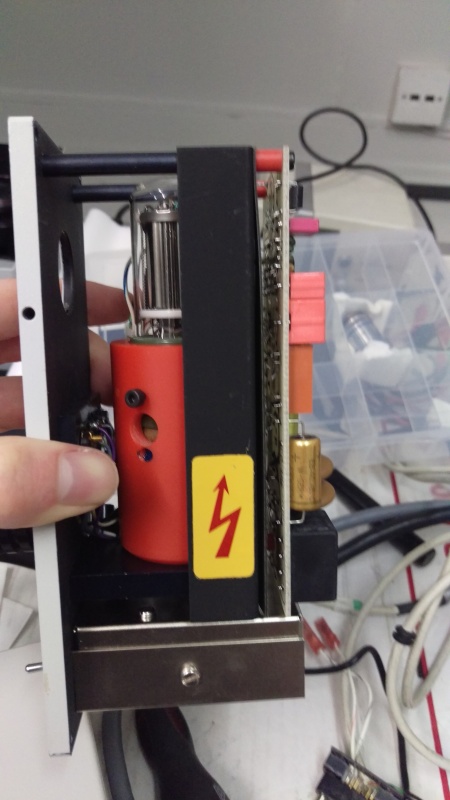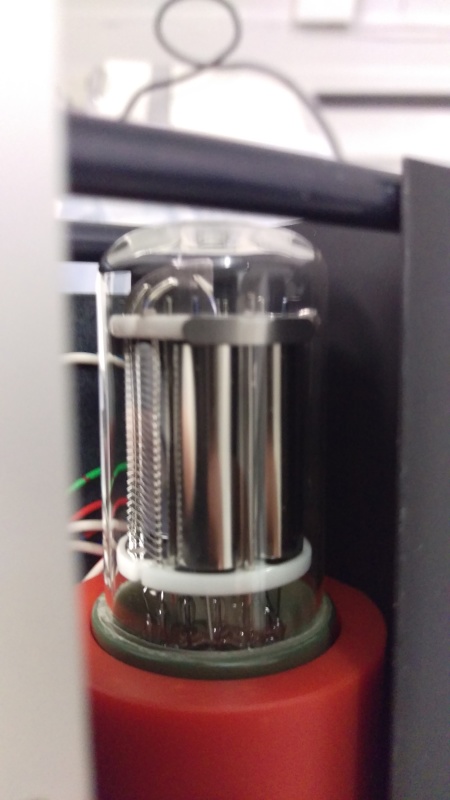OK. It works on a principle that actually gave A. Einstein his Nobel Prize (The relativity was too difficult for many to accept, but it was generally thought that such a smart guy should have the Prize - so he got it for the photo-electric effect, which he also discovered/explained. He WAS a real smart guy.)
The photo-electric effect means that light (or any radiation) "knocks" electrons off from a cathode and the number of electrons per second is proportional to the light intensity AND the frequency of the radiation (inverse wavelength). Planck's constant is in that formula, which isn't surprising at all.
So, there is a light quantum hitting the cathode. That quantum knocks electrons off and the resulting current is very weak. Difficult to measure at that time. So, there was another cathode that the electrons did hit. They knocked off more electrons, which were attracted by a third fourth, fifth etcetera cathode so that the current was multiplied with a certain number each time it hit another electrode. Hence the term Photo Multiplier Tube.
I used such tubes in a spectrometer back in the sixties during a summer ob at the Metallografiska Institutet at the KTH in Stockholm. The spectrometer was a large, dark room with many PMTs arranged in a semi-circle around a "Gitter" that reflected the light from an electric arc between two carbon (extremely pure) electrodes where a drop of the specimen was placed. The arc produced different spectral lines that were deflected at different angles and there was a PMT at every position where one could expect to find radiation from an element. Na (sodium) had two bright lines that were so close to each other that it was difficult to measure both. The guy that I worked with, George Carlsson, worked until he died at age 94. Fascinating guy.
Gunnar Englund
--------------------------------------
Half full - Half empty? I don't mind. It's what in it that counts.




